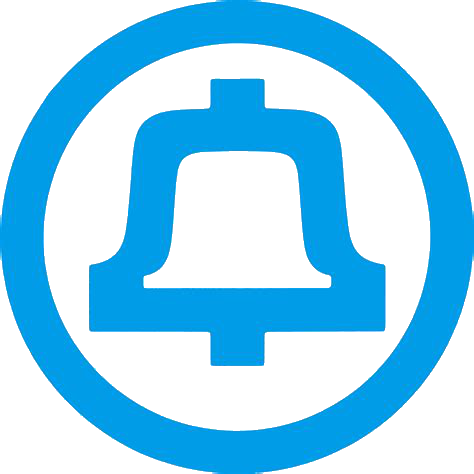Panel Machine Switching System
The Panel Machine Switching System was a common control switching system developed by Western Electric. It was first introduced in semi-mechanical trial form in the Mulberry office in Newark, NJ on January 16, 1915. It was then installed and used by customers in Omaha, Nebraska in 1922. It went on to be installed in many major cities in the United States, serving 3.6 million lines by 1952.
Technical Summary
The panel system was fundamentally similar to the manual switchboard method of connecting telephone calls, only instead of using human operators to raise cords and plug them into jacks, it made use of power-driven selectors that hunted over tall banks of 500 terminals. The selectors were controlled by a sender, which mimicked the cognitive functions of the operator, such as recording the number the subscriber dialed, and "looking up" the correct path for a call to take through the network, and finally, driving the selector rods to their final position.
As it was quite similar to the manual A-B board of operation that was widely used in large US cities, the panel switch also had its own A and B board: the Line Finder and District Selector frames functioned as an "A" board, and the Incoming and Final Selector frames functioned as a "B" board.
